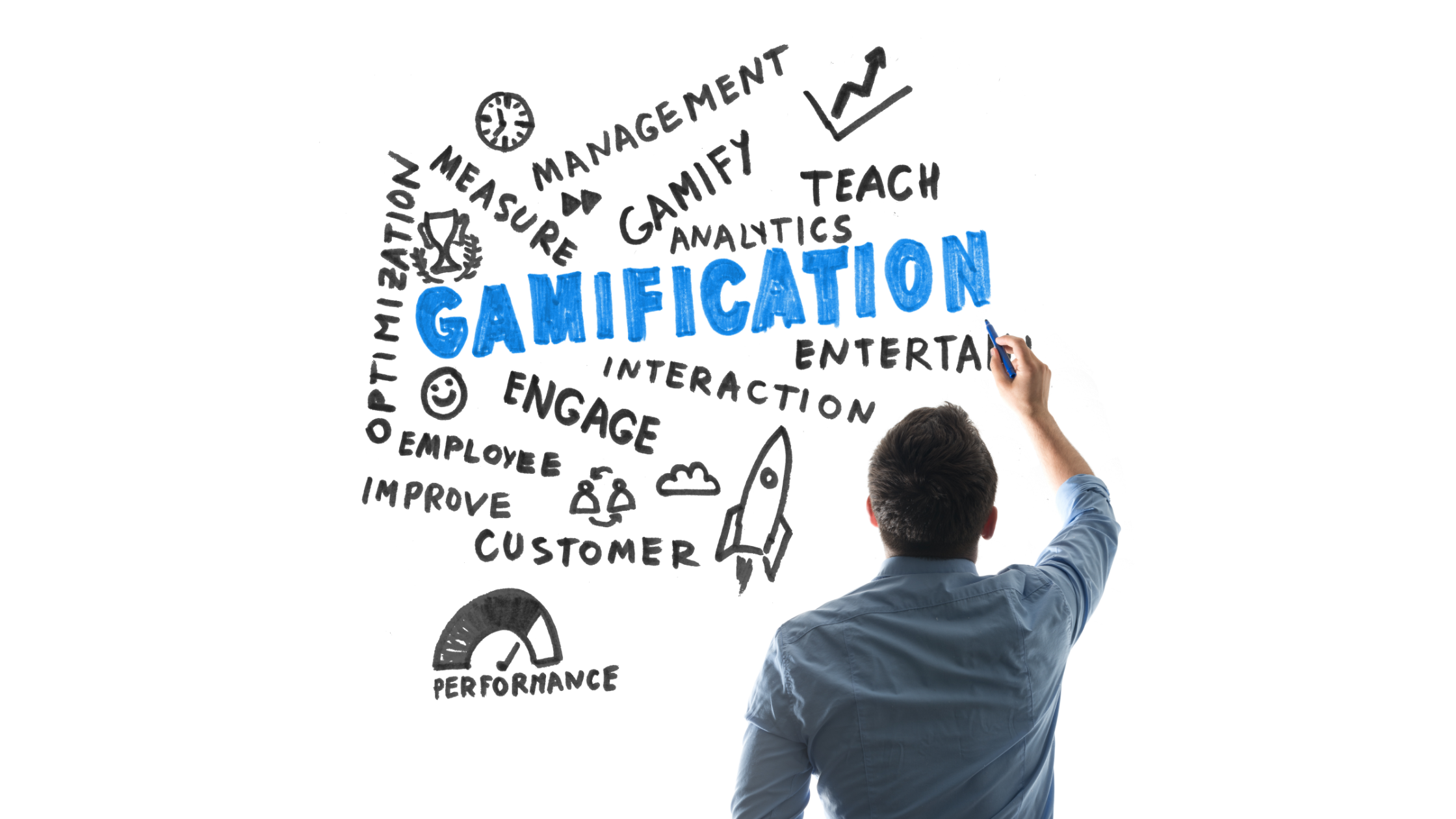How Game Elements are Revolutionizing Education and the Workplace
Gamification, the application of game mechanics and strategies to non-gaming scenarios, is transforming learning and productivity in education and the workplace, increasing motivation, engagement, and performance.

WHAT IS GAMIFICATION?
Gamification applies game design principles and mechanics to contexts that are not typically associated with games. This involves incorporating game elements like points, badges, and challenges into non-game activities or processes.
It involves the application of game elements such as points, badges, leaderboards, and challenges to activities or processes that are not typically associated with games.
The goal of gamification is to make activities more engaging, motivating, and enjoyable by tapping into the natural human desire for competition, achievement, and reward. Gamification can be applied to different areas, including education, fitness, marketing, and employee training, among others.
A gamification is a powerful tool that is transforming learning and productivity in education and the workplace. By applying game mechanics and strategies to non-gaming scenarios, gamification can increase motivation, engagement, and learning outcomes. Here are some ways gamification is transforming these areas:
- Learning: Gamification can make learning more engaging and enjoyable by incorporating game elements such as points, levels, badges, and rewards. This can increase motivation and retention of information, leading to better learning outcomes.
- Productivity: Gamification can increase productivity by making work more fun and rewarding. By incorporating game elements into tasks, employees can be motivated to complete them more efficiently and effectively.
- Feedback: Gamification can provide instant feedback to learners or employees, allowing them to track their progress and identify areas for improvement. This can be done through leaderboards, progress bars, and other game mechanics.
- Collaboration: Gamification can foster collaboration by creating a sense of competition or teamwork among learners or employees. This can be done through team-based challenges or collaborative games.
- Skills development: Gamification can be used to develop new skills or reinforce existing ones. By incorporating game mechanics into training programs, learners can practice and apply new skills in a fun and engaging way.
Gamification is a valuable tool that can transform learning and productivity in education and the workplace. By applying game mechanics and strategies to these areas, gamification can increase motivation, engagement, and learning outcomes, leading to better performance and success.
Here are some examples of how gamification is being used in education and the workplace:
- Education: Duolingo is a language learning app that applies the concept of gamification to make learning a new language more engaging and enjoyable. The app incorporates game elements such as points, levels, and rewards to motivate learners to complete language exercises and improve their language skills.
- Workplace training: SAP, a software company, uses gamification to train its employees on new software products. The company created a gamified training program that includes challenges, points, and rewards to engage and motivate employees to learn and apply new software skills.
- Health and fitness: Fitbit, a fitness tracking device, applies gamification to motivate users to reach their fitness goals. The device tracks steps taken, calories burned, and other metrics and awards badges and rewards to users who reach certain milestones.
- Employee engagement: Deloitte, a professional services firm, uses gamification to increase employee engagement and performance. The company created a gamified platform that encourages employees to share ideas, collaborate on projects, and earn points and rewards for their contributions.
Gamification can be a powerful tool in education and the workplace, as it can increase motivation, engagement, and performance. By incorporating game elements and mechanics into non-game contexts, gamification can make learning and work more enjoyable, social, and rewarding.
